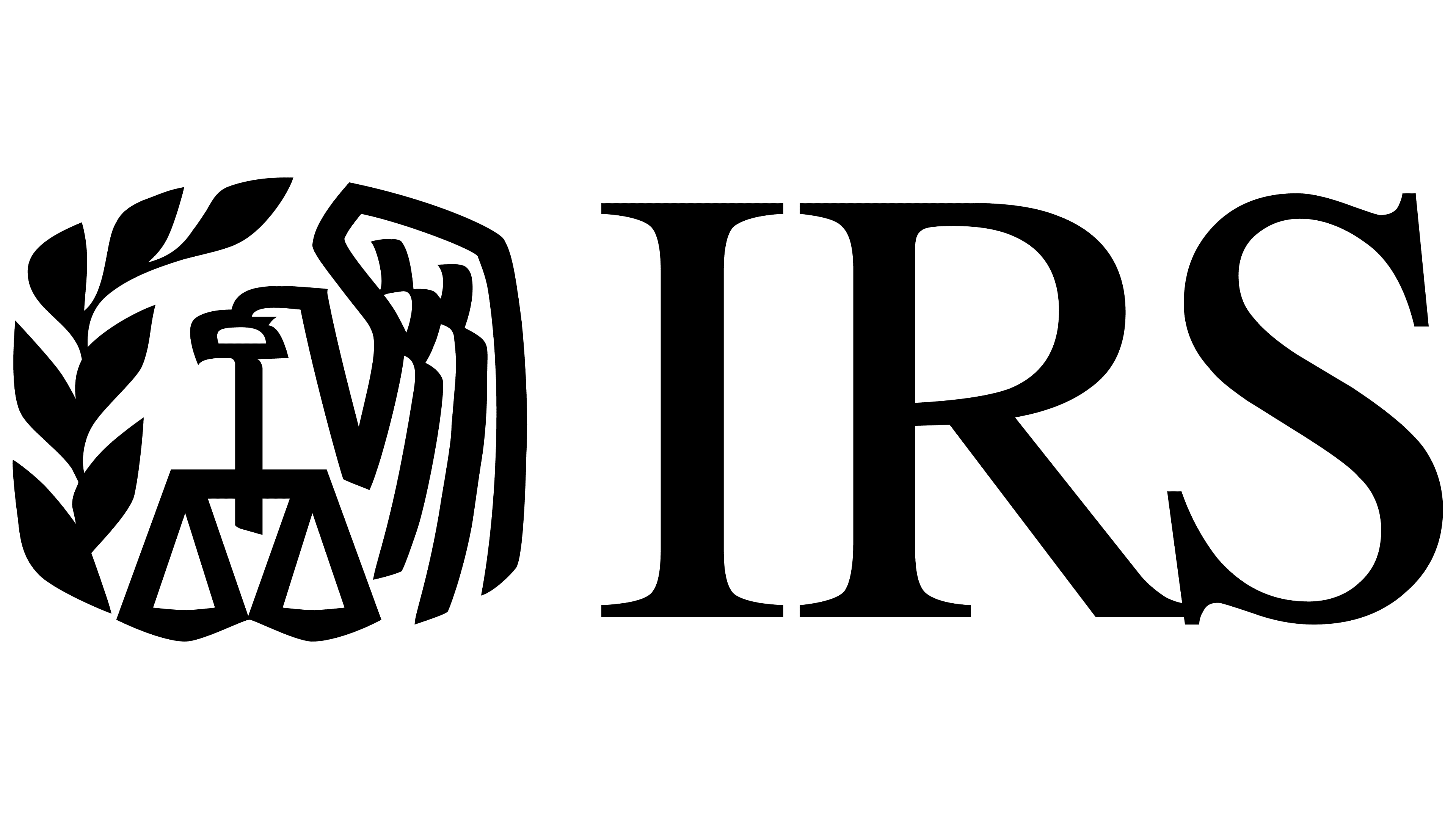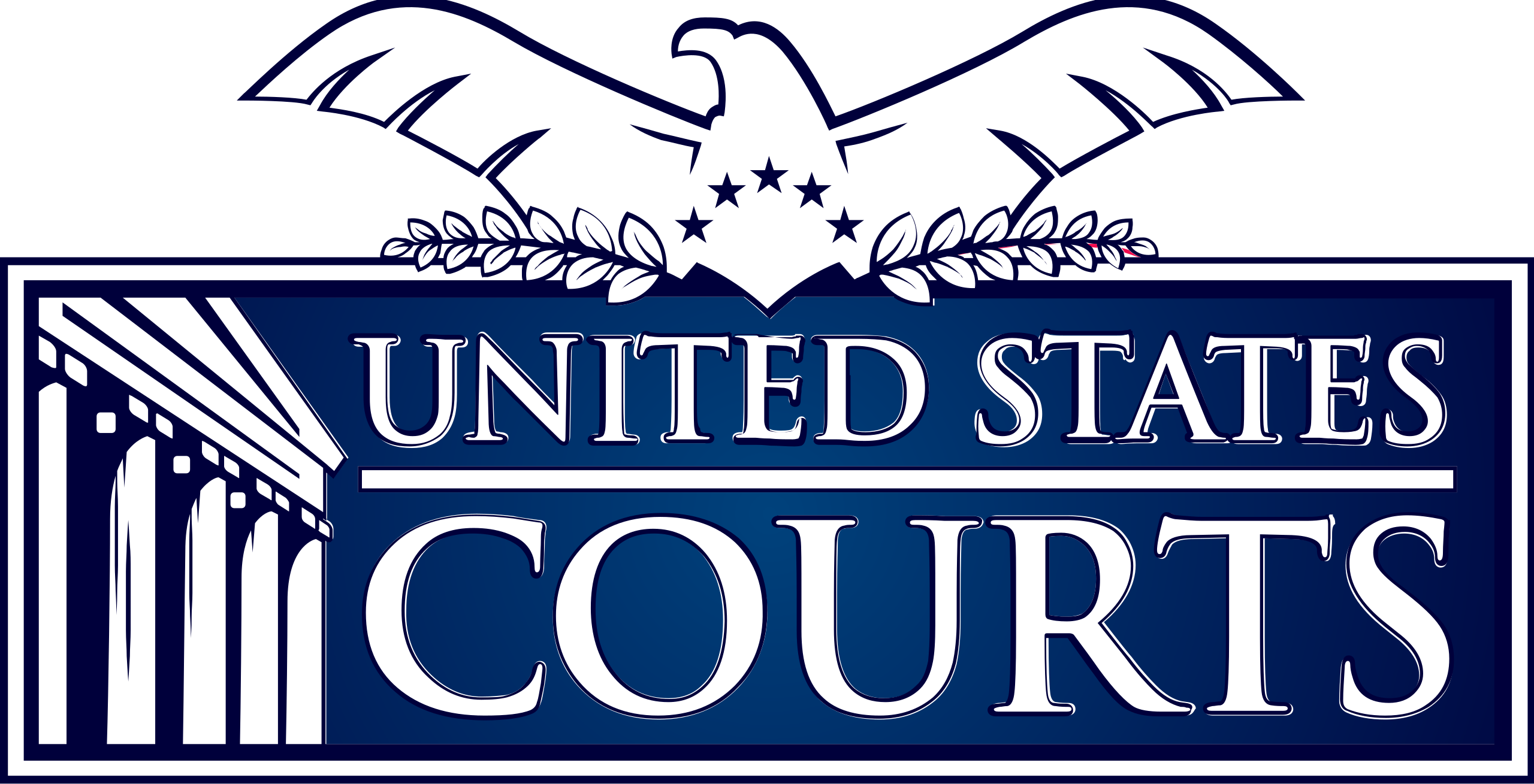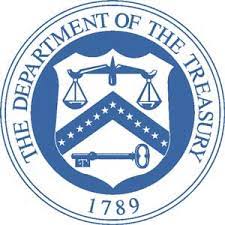






5-Star Service, Trusted & Loved by Hundreds
Your Appraiser Search Ends Here
Your Appraiser Search Ends Here
.avif)

Nationwide Coverage – Appraisals Anywhere in the US

Get it done Onsite or Online

Any Asset, Covered

Defensible for Any Purpose
The concept operates on a straightforward principle: if a borrower fails to repay the loan according to agreed terms, the lender retains the legal right to seize and liquidate the pledged asset to recover their financial losses. These assets can range widely, including real estate properties, vehicles, cash accounts, business inventory, equipment, and investment portfolios.
For borrowers, utilizing collateral can yield significant advantages. Secured loans typically feature more attractive terms, such as reduced interest rates and potentially higher borrowing limits. Individuals with limited credit history or lower credit scores may find collateral particularly beneficial, as it increases their likelihood of loan approval by providing lenders with additional confidence.
However, borrowers must carefully evaluate their financial capabilities before pledging assets. The potential consequences of defaulting—losing a valuable asset like a home or vehicle—underscore the importance of thorough financial planning and realistic repayment assessments.
Lenders view collateral as a critical risk management tool, enabling them to extend credit more confidently and under more favorable conditions. By having a tangible asset backing the loan, financial institutions can mitigate potential monetary losses and create a more structured lending environment.
The dynamics of loan collateral reflect a nuanced balance between borrower needs and lender protections, representing a sophisticated approach to managing financial risk in lending transactions.
The primary purpose of a collateral appraisal is to establish a precise and unbiased assessment of an asset's worth. This professional valuation ensures lenders can accurately gauge the potential risk associated with extending credit. By determining the true market value, financial institutions can make informed decisions about loan amounts, terms, and potential recovery strategies in case of default.
For borrowers, an appraisal offers transparency and credibility in the lending process. It provides documented evidence of an asset's value, which can potentially strengthen negotiation positions and lead to more favorable loan terms. The appraisal serves as an independent verification that protects both parties' interests by establishing a clear, professional understanding of the asset's economic standing.
Beyond immediate lending considerations, an appraisal also captures broader market insights. Professional appraisers analyze current market trends, potential asset depreciation, and comparative values, which can offer valuable context about the collateral's long-term financial implications.
Regulatory compliance represents another critical aspect of collateral appraisals. Financial institutions must adhere to strict guidelines that mandate thorough due diligence in credit extension. A comprehensive appraisal helps satisfy these requirements, mitigating potential legal and financial risks for all involved parties.
Ultimately, a professional appraisal transforms a potentially subjective asset valuation into an objective, defensible assessment. It provides a foundation of trust, accuracy, and informed decision-making in the complex landscape of loan collateralization.
The process involves a detailed forensic examination of the silver piece, where expert appraisers leverage deep knowledge to uncover intricate details about the item's provenance. Specialized techniques are employed to authenticate the piece's origin, including careful analysis of hallmarks, maker's stamps, and distinctive design elements that provide critical insights into its historical context.
Condition plays a pivotal role in determining value. Professional appraisers conduct meticulous inspections, examining every surface for signs of wear, potential restoration attempts, and structural integrity. They assess subtle nuances like patina development, manufacturing techniques, and preservation quality that can dramatically influence the item's market worth.
Market research forms another crucial component of the appraisal process. Appraisers conduct extensive comparative analyses, tracking recent auction results, collector trends, and current market demands to establish a precise and current valuation. This approach ensures that the assessment reflects not just the silver's intrinsic material value, but its broader collectible significance.
The ultimate goal of an antique silver appraisal extends beyond a simple monetary figure. It provides owners with comprehensive documentation that serves multiple purposes, from insurance documentation to estate planning, offering a definitive understanding of the item's historical and financial importance.
The virtual appraisal process typically involves clients providing high-resolution images from multiple angles, along with critical details about the item's provenance, markings, condition, and historical context. Advanced video conferencing platforms like Zoom or Skype enable real-time interactions, allowing appraisers to conduct interactive examinations and answer client questions immediately.
Professional online appraisals adhere to the Uniform Standards of Professional Appraisal Practice (USPAP), ensuring rigorous methodology and credible valuation regardless of assessment format. This approach eliminates geographical constraints, providing flexibility for clients located anywhere and streamlining the entire valuation experience.
While online appraisals offer remarkable convenience, they are most effective when clients provide extensive, clear documentation. Precise photographs, accurate measurements, and comprehensive background information are crucial for delivering an accurate assessment of an antique silver item's condition, authenticity, and market value.
Clients should understand that some complex or rare pieces might still require in-person examination to determine a definitive valuation. However, for many antique silver items, online appraisals represent an efficient, professional, and accessible method of understanding an item's worth.
General appraisers offer broad knowledge across multiple antique categories, capable of evaluating various silver items with a comprehensive but less specialized approach. Their versatility allows them to assess diverse silver pieces, though they may lack granular insights into rare or complex items.
Specialty appraisers represent a more focused category, concentrating on specific historical periods, cultural origins, or design styles. These experts possess deep, targeted knowledge about particular silver manufacturing eras, makers, or regional craftsmanship. Their expertise enables precise authenticity assessments and nuanced market value determinations.
Certified appraisers bring professional credentials from recognized institutions, demonstrating rigorous training and adherence to established ethical standards. Their qualifications make them particularly valuable for formal documentation requirements like insurance evaluations or estate planning.
Auction house appraisers leverage extensive market experience, providing real-time insights into current silver valuation trends. Their proximity to active market dynamics allows them to offer sophisticated pricing assessments based on contemporary collector interests and market demands.
Independent appraisers operate autonomously, offering customized services with flexible engagement models. Their professional independence allows for personalized approaches tailored to unique client requirements and specialized silver item assessments.
Online appraisers represent an emerging category, utilizing digital platforms to conduct remote evaluations. Through advanced photographic documentation and detailed item descriptions, these professionals provide convenient assessment options for clients unable to engage in traditional in-person consultations.
Each appraiser type contributes unique perspectives to silver valuation, enabling owners to find precisely matched expertise for their specific needs.
Insurance protection represents a critical motivation for professional assessment. A detailed appraisal ensures accurate coverage, preventing potential financial gaps in the event of loss, damage, or theft. Insurance providers rely on professional documentation to establish appropriate compensation levels.
Estate planning demands precise valuation of inherited silver pieces. A professional appraisal provides clear, objective documentation that can streamline inheritance processes, minimize potential family disputes, and establish a transparent framework for asset distribution.
Tax considerations make appraisals particularly valuable for those considering charitable donations. When donating antique silver items exceeding $5,000, a qualified professional appraisal becomes essential for substantiating value and maximizing potential tax deductions.
For collectors and sellers, an appraisal delivers a realistic market assessment. This knowledge empowers informed decision-making, whether preparing to sell at auction, negotiate with potential buyers, or understand the current market positioning of a specific piece.
Beyond monetary considerations, an appraisal unveils the historical narrative embedded within each silver item. Professional assessment reveals intricate details about craftsmanship, origin, and cultural significance, transforming an object from a mere possession to a meaningful artifact with its own unique story.
Understanding the multifaceted value of antique silver through professional appraisal enables owners to make informed, strategic decisions about preservation, insurance, potential sale, and long-term asset management.
Antique appraisals are quoted on a project-by-project basis. These appraisals can be completed with in-person and online methods; in-person appraisals will sometimes include travel fees, when applicable. For some projects, when necessary, the price can be determined ahead of time, in line with the specifications of the work.
What Makes Antique Silver Valuable for Loan Collateral?
Antique silver represents a compelling asset for loan collateral, with several key attributes determining its potential financial value. Understanding these critical factors can help borrowers and lenders make informed decisions.
Primary Valuation Factors for Antique Silver
- Historical Age: Items over 100 years old typically command higher appraisal values, especially pieces from:
- Colonial Era
- Victorian Period
- Art Nouveau design periods
- Art Deco collections
- Condition Assessment: Preservation quality dramatically impacts valuation
- Minimal wear
- No significant damage
- Original structural integrity
- Professional conservation
- Rarity and Provenance: Unique characteristics that elevate market worth
- Limited edition pieces
- Distinctive design elements
- Family historical connections
- Documented ownership history
Technical Valuation Considerations
- Silver Purity: Hallmarks indicating composition
- Sterling silver (92.5% pure) most desirable
- Authenticated stamp verification
- Market Demand Dynamics
- Current collector trends
- Fluctuating collectibles market
- Expert appraiser market analysis
Key Insights for Potential Borrowers
Successfully leveraging antique silver as loan collateral requires comprehensive understanding of its intrinsic and market-driven value. A professional appraisal provides the most accurate assessment of potential financial worth.
Key Factors Determining the Worth of Your Antique Silver
Understanding Antique Silver Valuation Factors
Determining the worth of antique silver involves a nuanced evaluation of multiple critical elements. These factors collectively contribute to establishing the item's market value and potential as loan collateral.
Age and Historical Significance
- Older silver pieces typically command higher values
- Pieces from renowned silversmiths increase potential worth
- Historical periods impact overall valuation
- Documented provenance can dramatically enhance value
Condition Assessment
- Original finish is paramount to maintaining value
- Minimal wear and damage indicate superior preservation
- Professional restoration maintains integrity
- Improper cleaning can significantly reduce market value
Rarity and Collector Demand
- Limited production runs increase potential value
- Unique designs attract specialized collectors
- Market demand fluctuates with current trends
- Discontinued pieces often become more valuable
Craftsmanship and Authentication
- Intricate design work enhances overall worth
- Maker's marks provide critical authenticity evidence
- Silver purity stamps validate quality
- Superior workmanship commands premium pricing
Market Dynamics
- Economic conditions impact silver valuations
- Collector interest drives market trends
- Regular market analysis provides strategic insights
- Timing can optimize potential loan collateral value
Comprehensive understanding of these factors empowers antique silver owners to make informed decisions about potential loan collateralization and market positioning.
Types of Antique Silver Prized by Lenders
Antique silver offers a sophisticated and potentially lucrative avenue for loan collateral. Understanding the various types of antique silver can significantly enhance your ability to leverage these valuable assets effectively.
Key Categories of Antique Silver Valued by Lenders
Sterling Silver: The Premium Choice
- Composed of 92.5% pure silver
- Highly prized for exceptional purity and craftsmanship
- Includes valuable items such as:
- Intricate flatware sets
- Elaborate serving pieces
- Decorative objects with historical significance
Silver Plate: A Secondary Option
- Less valuable than sterling silver
- Often dating from the 19th century
- Valued based on:
- Overall condition
- Maker's reputation
- Complexity of design
- Suitable for smaller loan amounts
Coin Silver: Historical American Craftsmanship
- Typically contains 90% silver
- Represents significant American metalworking heritage
- Common collectible items include:
- Flatware
- Decorative cups
- Historical serving pieces
Designer and Maker-Signed Pieces: Maximum Value Potential
- Significantly enhanced value from prestigious makers
- Highly collectible brands include:
- Tiffany & Co.
- Georg Jensen
- Other renowned silversmiths
- Value derived from:
- Silver content
- Artistic design
- Historical significance
Each piece of antique silver tells a unique story, representing not just monetary value, but a rich tapestry of craftsmanship and historical context. Understanding these nuanced categories can dramatically improve your approach to using antique silver as loan collateral.
Navigating the Professional Appraisal Process
Understanding the Professional Antique Silver Appraisal Process
Engaging in a professional appraisal for antique silver intended as loan collateral requires a strategic and comprehensive approach to accurately determine its true market value.
The Role of a Qualified Appraiser
A professional appraiser brings specialized expertise crucial to accurately valuing antique silver. Their comprehensive assessment involves multiple critical components:
- Extensive research into the item's historical background
- Identification of maker marks and hallmarks
- Verification of authenticity and provenance
- Detailed examination of physical condition
Key Evaluation Criteria
Professional appraisers systematically assess several fundamental aspects of antique silver:
- Age Assessment: Determining the precise historical period of creation
- Condition Evaluation: Analyzing wear, repairs, and original features
- Craftsmanship Analysis: Examining technical quality and artistic merit
- Historical Significance: Understanding the piece's cultural and collector value
Physical Inspection Process
The physical examination is a meticulous process that involves:
- Identifying subtle signs of restoration or alteration
- Measuring potential impact on overall market value
- Documenting minute details that influence pricing
- Comparing against current market standards
Market Trend Considerations
Contemporary market dynamics play a crucial role in determining accurate valuation. Appraisers carefully consider:
- Current collector demand
- Recent auction results
- Rarity of specific pieces
- Economic factors affecting collectible markets
Appraisal Documentation
The final appraisal report serves as a comprehensive document for potential lenders, including:
- Detailed description of the antique silver item
- Precise market value estimation
- Supporting documentation of research
- Professional appraiser's credentials
Navigating the antique silver appraisal process requires expertise, meticulousness, and a deep understanding of historical and market factors. By engaging a professional appraiser, owners can ensure an accurate and reliable valuation for loan collateral purposes.
How Market Trends Influence Your Silver's Appraisal Value
Market trends play a significant role in determining the appraisal value of antique silver items. Understanding these trends can help you make informed decisions, whether you're considering a loan or looking to sell.
Demand and Supply Dynamics
The fluctuations in demand for antique silver can dramatically affect its appraisal value:
- When consumer interest peaks, prices tend to rise
- If interest wanes, values may decrease
- Limited supply of rare pieces often leads to a competitive market that can drive up prices
Economic Climate
The overall economic environment critically impacts silver valuation:
- During economic uncertainty, collectors become more cautious, potentially depressing values
- In times of economic prosperity, investors may seek luxury items
- Enhanced demand can significantly increase prices for well-preserved antique silver
Condition and Provenance
Critical factors that substantially influence an antique silver piece's value include:
- Overall physical condition of the item
- Comprehensive documentation of history and ownership
- Historical significance
- Unique stories associated with the piece
Collectors often pay premium prices for silver items with well-documented and interesting backgrounds.
Trends in Collecting
Collector preferences can dramatically shift market values:
- Specific styles may become trendy
- Certain historical periods can experience renewed interest
- Particular makers might suddenly become highly collectible
These shifts can rapidly transform the appraisal value of related silver pieces.
Global Market Influences
International dynamics play a significant role in silver valuation:
- Global buyers increase market competition
- International collector interest can inflate local prices
- Worldwide economic trends impact collector behavior
Understanding these complex market dynamics is essential for accurately assessing the potential value of antique silver items.
Preparing Your Antique Silver for a Precise Valuation
When evaluating antique silver for loan collateral purposes, meticulous preparation is essential to achieving an accurate and fair appraisal. Follow these critical steps to ensure your silver pieces are optimally presented for assessment:
Cleaning and Preservation
- Gentle Cleaning Techniques: Use a soft, lint-free cloth and specialized silver cleaner or a mild dish soap diluted with water
- What to Avoid:
- Harsh chemical cleaners
- Abrasive materials
- Aggressive scrubbing
- Preservation Tip: Improper cleaning can potentially damage the surface and decrease the silver's value
Documentation and Authentication
- Gather Provenance Materials:
- Original purchase receipts
- Previous professional appraisals
- Historical photographs
- Certificates of authenticity
- Importance of Provenance: Documented history can significantly enhance the item's valuation, especially for pieces with historical significance
Detailed Examination
- Hallmark Identification:
- Locate and photograph maker's marks
- Understand what these symbols represent
- Note origin, age, and silver quality indicators
- Condition Assessment:
- Carefully inspect for dents
- Document any scratches
- Note existing repairs
- Be transparent about the item's current state
Comprehensive Preparation
- Create a Detailed Inventory:
- Comprehensive item descriptions
- Precise measurements
- Unique distinguishing features
- Organized presentation
By implementing these strategic preparation steps, you'll facilitate a precise evaluation, positioning your antique silver for the most favorable assessment as potential loan collateral.
Avoiding Common Pitfalls in Silver Appraisals
Key Strategies for Successful Antique Silver Appraisals
Navigating the complexities of antique silver appraisals requires careful attention to several critical factors. By understanding and addressing potential challenges, you can maximize the accuracy and reliability of your appraisal.
Documentation is Critical
- Gather comprehensive documentation including:
- Original purchase receipts
- Historical provenance
- Certificates of authenticity
- Previous appraisal records
- Comprehensive documentation provides crucial context for accurate valuation
- Helps appraisers understand the item's historical and cultural significance
Choose a Specialized Appraiser
- Seek appraisers with specific expertise in:
- Antique silver identification
- Hallmark recognition
- Regional craftsmanship nuances
- Historical silver production techniques
- Specialized knowledge prevents undervaluation
- Ensures more accurate and comprehensive assessment
Understand Market Dynamics
- Stay informed about current silver market trends:
- Collector preferences
- Auction results
- Emerging collectible styles
- Regional market variations
- Market knowledge helps set realistic valuation expectations
- Provides context for potential loan collateral value
Comprehensive Appraisal Methodology
- Insist on a holistic valuation approach that considers:
- Intrinsic artistic value
- Craftsmanship quality
- Rarity of design
- Historical significance
- Material weight and composition
- Go beyond simple melt value assessment
- Capture the true worth of the antique silver piece
Multiple Appraisal Perspectives
- Obtain evaluations from multiple qualified appraisers
- Compare and analyze different professional assessments
- Identify potential valuation discrepancies
- Build a more robust understanding of your item's value
By implementing these strategies, you can approach antique silver appraisals with confidence, ensuring a more accurate and comprehensive valuation process.
Essential Documentation for Loan Collateral Appraisals
Essential Documentation for Loan Collateral Appraisals
When seeking an appraisal of antique silver for loan collateral purposes, having the right documentation is crucial for a comprehensive assessment. Proper documentation not only aids appraisers in determining value but also streamlines the process when presenting your items to potential lenders.
Key Documentation Components
- Proof of Ownership
Establish clear ownership through:
- Purchase receipts
- Inheritance documents
- Detailed provenance records
Clear ownership documentation can significantly impact the perceived value of your antique silver.
- Historical Appraisal Records
Submit previous appraisal reports to:
- Provide insight into valuation history
- Establish a baseline value
- Highlight market or condition changes
- Comprehensive Item Descriptions
Compile detailed information including:
- Precise measurements
- Exact weights
- Unique features and markings
- Maker's information
- Production year
- Specific style characteristics
- Photographic Documentation
Provide high-quality photographs that:
- Capture multiple angles
- Highlight distinguishing characteristics
- Show maker's marks
- Demonstrate wear patterns
- Market Context Research
Gather recent sales data to:
- Understand current market trends
- Provide valuation context
- Support potential loan discussions
By meticulously preparing these essential documents, you can significantly enhance the appraisal process and improve your prospects of securing a favorable loan agreement based on your antique silver assets.
Why Professional Expertise Matters in Silver Valuation
Why Professional Expertise Matters in Silver Valuation
When valuing antique silver for loan collateral, professional expertise becomes critical due to the complex nature of silver assessment. Antique silver encompasses a wide range of items, from everyday objects to rare historical pieces that require specialized knowledge and careful evaluation.
Key Reasons for Professional Silver Valuation
- Comprehensive Market Insight
Professional appraisers bring deep market knowledge that goes beyond surface-level assessment. They track:
- Current auction trends
- Recent private sale prices
- Overall market demand for specific silver pieces
- Precise Authentication and Identification
Experts excel at identifying critical details that determine a silver item's true value, including:
- Authentic hallmarks
- Makers' marks
- Historical provenance
- Subtle indicators of origin and age
- Detailed Condition Evaluation
Comprehensive condition assessment involves analyzing:
- Tarnish levels
- Historical repairs
- Wear and aging
- Structural integrity
- Regulatory Compliance
Professional appraisers ensure valuation processes meet strict legal and financial standards, protecting both lenders and borrowers.
The Importance of Expertise
Professional silver valuation goes far beyond simple price estimation. It represents a sophisticated process of understanding an item's historical context, market position, and intrinsic value. By leveraging expert knowledge, individuals can secure more accurate loan assessments and protect their valuable antique silver assets.
BEST-IN-CLASS APPRAISERS, CREDENTIALED BY:















